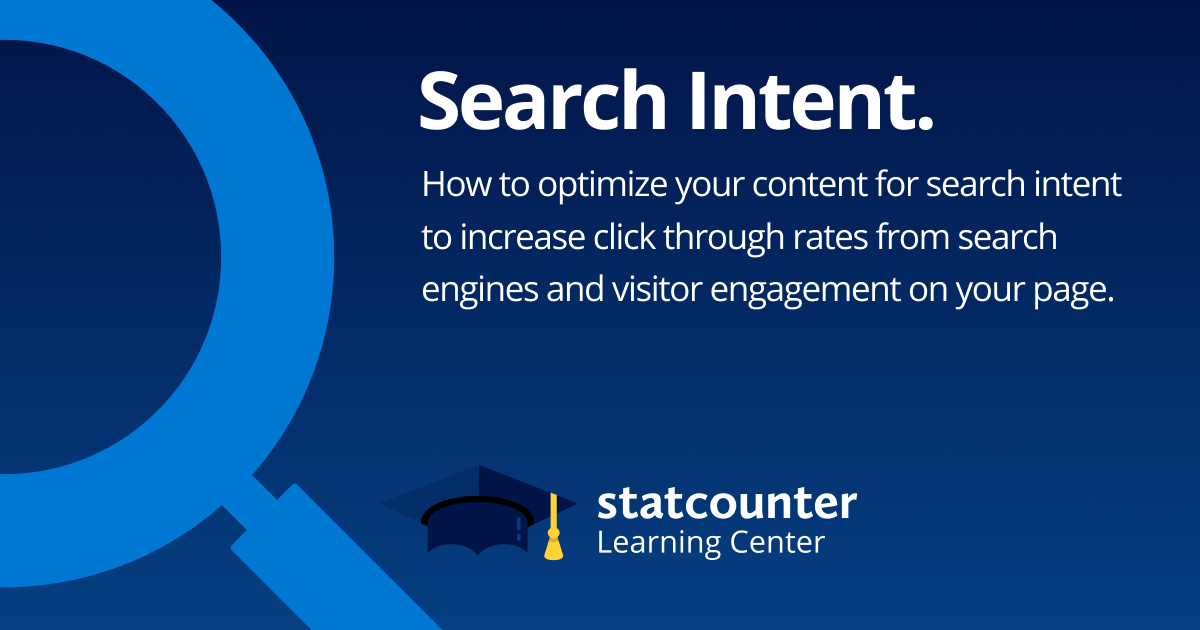Shop At Haya: Your Ultimate Shopping Guide
Discover the best shopping tips, trends, and deals for a smarter buying experience.
The Search Intent Game: Are You Playing to Win?
Unlock the secrets of search intent and boost your traffic! Discover how to play the game and win big in digital marketing today!
Understanding Search Intent: The Key to Winning the Game
Understanding search intent is crucial for anyone looking to enhance their online presence. It refers to the reason behind a user's search query, which can range from seeking information to making a purchase. By identifying this intent, content creators can tailor their offerings to meet the specific needs of their audience. For instance, a user searching for 'best hiking boots' likely has a transactional intent, while someone looking for 'how to clean hiking boots' demonstrates informational intent. Aligning your content strategy with these intents not only improves user satisfaction but also boosts your site's SEO performance.
To truly master search intent, consider utilizing tools and techniques to analyze keyword performance and user behavior. Conduct thorough keyword research to categorize terms into four primary types:
- Informational: seeking information or answers.
- Transactional: looking to make a purchase.
- Navigational: intending to find a specific website.
- Commercial Investigation: researching before making a purchase decision.

How to Optimize Your Content for Different Types of Search Intent
When creating content, it's crucial to understand the different types of search intent users may have. Generally, search intent can be categorized into four primary types: informational, navigational, transactional, and commercial investigation. To optimize your content effectively, you should first identify the intent behind the keywords you're targeting. For example, if a user is searching for 'how to fix a leaky faucet,' they likely have an informational intent, so your content should provide detailed, step-by-step instructions, supported by visuals and clear headings.
Once you've established the type of search intent, tailor your content accordingly. For transactional intent keywords, such as 'buy hiking boots,' include persuasive elements like product reviews, comparisons, and clear calls to action (CTAs). Similarly, for navigational queries, ensure your brand's website is easily accessible and links are prominently displayed. By aligning your content with the specific needs and expectations of search intent, you can enhance user experience and ultimately improve your search engine rankings.
Are You Misreading Search Intent? Common Mistakes and How to Avoid Them
Understanding search intent is critical for creating SEO-focused content that meets users' needs. Many bloggers misinterpret this concept, leading to common mistakes that can undermine their visibility on search engines. One frequent error is failing to differentiate between informational, navigational, and transactional intent. For instance, a user searching for 'best running shoes' may be looking for a product review rather than a direct purchase link. Failing to recognize this can result in creating content that doesn't align with what the user is actually seeking.
Another common pitfall is assuming that the intent behind every search is the same for everyone. Search intent can vary significantly based on demographics, location, and seasonality. To avoid misreading intent, consider utilizing tools like Google Trends or conducting keyword research that includes user intent modifiers. Additionally, you can analyze competitors' content for similar keywords to see how they are addressing intent. By honing in on accurate search intent, you can optimize your content strategy to cater better to your audience's needs, thereby improving your site’s SEO performance.